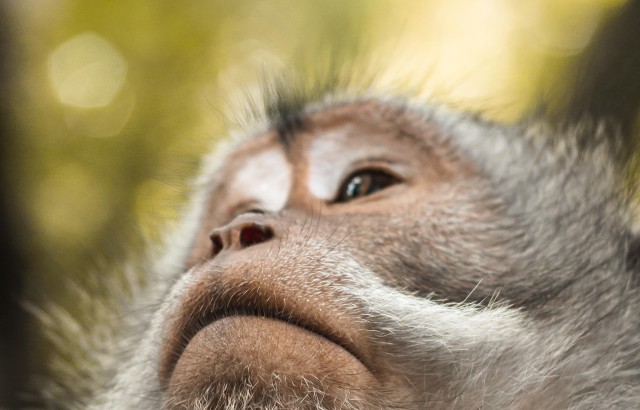Queen Mary University Of London Researcher Honoured With Major Funding
The Natural Environment Research Council through its Nature Positive Finance programme have awarded Reader in Theoretical Ecology Dr Axel Rossberg £150,000 for a research project ‘Mediating the first transaction of biodiversity stewardship credits.’
His newly developed Biodiversity Stewardship Credits (BSCs) offer a solution for private sector organisations that must account for biodiversity risk (e.g: per Taskforce on Nature-related Financial Disclosures, European Central Bank Prudential Framework), and provide an auditable mechanism linking best-in-class conservation practitioners with investors seeking conservation outcomes.
Dr Rossberg said: “We envisage that a market for BSCs will stimulate investment from banks, asset managers, corporations, and others to support the regeneration of populations of endangered species in the wild. This project will demonstrate the practical implementation of BSCs by facilitating one or more pilot projects. It will allow us to identify barriers and ways to overcome them and support a model for future growth of a BSC market. This is a beginning of a new era for us.”
Timed to be coincide with COP15, the UN Climate Conference, Dr Rossberg’s funding was announced on 16 December 2022.
The 12 projects have been launched to explore the gaps and help improve integration between the financial system and biodiversity.
The new projects are part of the first phase of the Research Council’s Nature Positive Future programme and will start in 2023.
The longer-term aim is to build a multi-stakeholder community that can drive the development of knowledge, tools and a skilled community to incorporate reporting on biodiversity for all business sectors.
The purpose is to foster a holistic approach to develop the solutions needed to embed the values of biodiversity into finance.
The phase 1 awards, like Dr. Rossberg’s, will seed partnerships and co-create from the outset, bringing together researchers and experts from the finance and business sectors.
The finance system has a key role in shaping how the global economy responds to the intertwined challenges of biodiversity loss and climate change.
A recent Nature of Business UK survey found the majority of business leaders want to take steps to tackle biodiversity loss, but progress has been slow for a number of reasons.
The finance sector and businesses want better information and ‘decision grade’ data to help them incorporate biodiversity-related risks and opportunities into their strategic planning, risk management and investment decisions.
They also want to understand how biodiversity contributes to and is impacted by activities including along global supply chains.
These phase 1 projects involve academic institutions working in partnership with a wide range of financial sector and business partners.
Meanwhile, Dr Rossberg also co-authored and launched a new report on “Bridging the Gap Between Biodiversity Footprint Metrics and Biodiversity State Indicator Metrics”, which was presented at a side event at COP15.
In the 20-page report, Dr Rossberg says: “Society needs to minimise the risk of species extinctions in the long term. Businesses can contribute to this by considering how their activities affect this risk. Companies cannot directly change the state of global biodiversity, but they can influence it. The metric they use to assess this influence are often referred to a foot printing tools.”
Explaining his research he said: “My paper aims to understand how state indicator metrics relate to footprint metrics. Many different metrics have been proposed to quantify global trends in the protection of species from extinction and to measure impacts businesses and financial institutions have on biodiversity. This has led to confusion in the business community.”
To overcome and address this confusion, his group collaborated with the consultancy PRé Sustainability B.V., and presented at COP15 an analysis demonstrating that, while metrics measure impacts in different currencies, these currencies can be converted into each other, permitting quantitative comparison of impacts measured in different ways.

